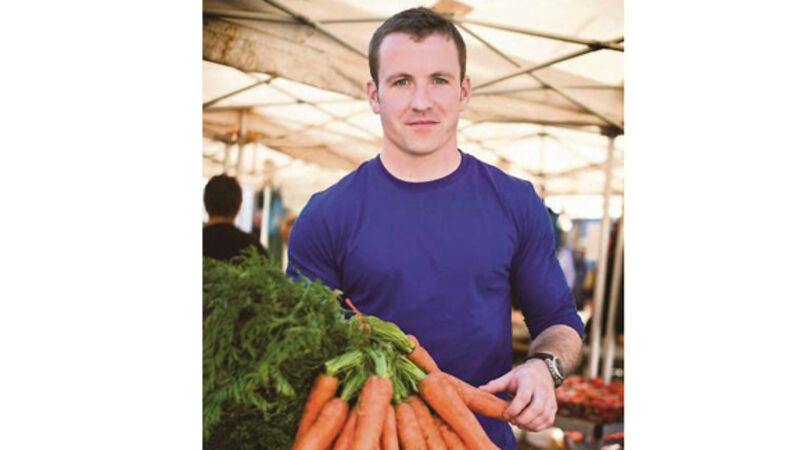The Paleo diet explained

Pat Divilly isn’t about to be drawn into a debate on how many times a week our ancestors ate bison steak — or indeed if they ate it at all.
Mention the Paleo diet and he admits that the marketing and celebrity buzz surrounding it is all ‘a bit gimmicky’, but the Galway-based nutritionist is utterly convinced of the health benefits of a diet rich in meat, fish, fresh vegetables, eggs, nuts and seeds.
He has hard evidence, he says, describing how several of his clients felt so well on the Paleo diet that they were able to come off long-term medication for conditions including high blood pressure, depression and cholesterol. He is quick to add, however, that none of the changes happened without medical supervision.
As a personal trainer and nutritionist, he is reluctant to overstep the medical boundaries, but he is adamant that all good health starts with diet.
“It’s a controversial thing for a trainer to say but I will often tell time-pressed clients that the spare hour they’ve got in the day would be better spent preparing great food than training in the gym. Food really is the cornerstone of everything.”
For those willing to cut dairy, gluten and grains from their diets, there is a long list of benefits, he says, listing improved mood and energy levels, mental clarity, better sleep and healthier skin and hair.
There are detractors, too, of course. The Paleo diet, first developed by American scientist Loren Corain in the 1970s, has been criticised for its heavy emphasis on protein and the exclusion of diary.
A study in March by the University of California warned that eating too much animal protein could increase the risk of cancer.
Nonetheless, Paleo is still hugely popular not least among celebrities like Megan Fox and Jessica Biel. But Pat Divilly isn’t too concerned with the glossy image. As for the warnings, he has clear guidelines about protein intake — one to two palmfuls, two to three times a day — and says it’s time to go back to basics.
His new book Naked Paleo — Food Stripped Bare is about real, natural food, he says.
“People became fixated with calories in the last few decades but were eating processed foods that was making them sick. This diet is about pressing the ‘reset’ button and stripping out the bad stuff and staying as close to natural as possible. It’s time to remove the ‘fluff’ and get real,” he says.
So how do you know you need to make a change? “If you’re feeling fatigued, irritable and sluggish almost all of the time, then I can guarantee your daily diet is a huge factor. Changing the foods you eat will make a world of difference. ”
For a complete how-to on the Paleo diet, see Naked Paleo — Food Stripped Bare by Pat Divilly, published by Blackwater Press, €19.95
Foods don’t have to be expensive or hard to find to be superfoods, says Divilly. Here is his top ten, in no particular order.
Avocados
Blueberries
Green vegetables (spinach, broccoli, watercress and kale)
Chicken
Oily fish
Almonds
Coconut oil
Beetroot
Red peppers
Filtered water (“not a food as such but so important,” says Pat).
Divilly would rework the food pyramid and replace the bottom tier, which is traditionally filled with wholegrains, with a large mixture of vegetables, preferably locally grown and organic.
On the next level, he’d include proteins such as fish, meat and poultry.
Healthy fats, such as oils, nuts, seeds and avocados, would feature after that.
Finally, he would put fruit and gluten-free carbohydrates at the top — the foods to be eaten in moderation.











